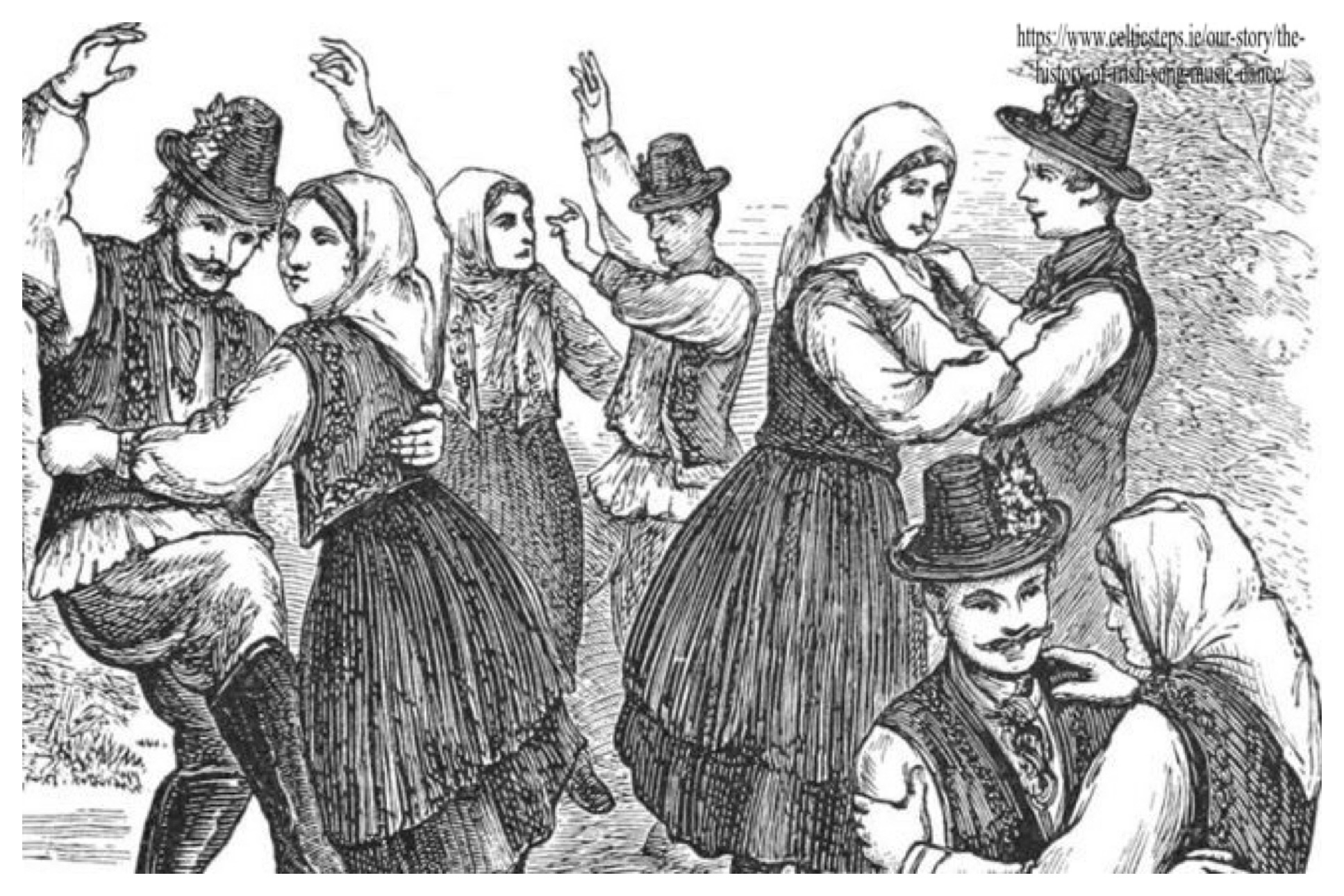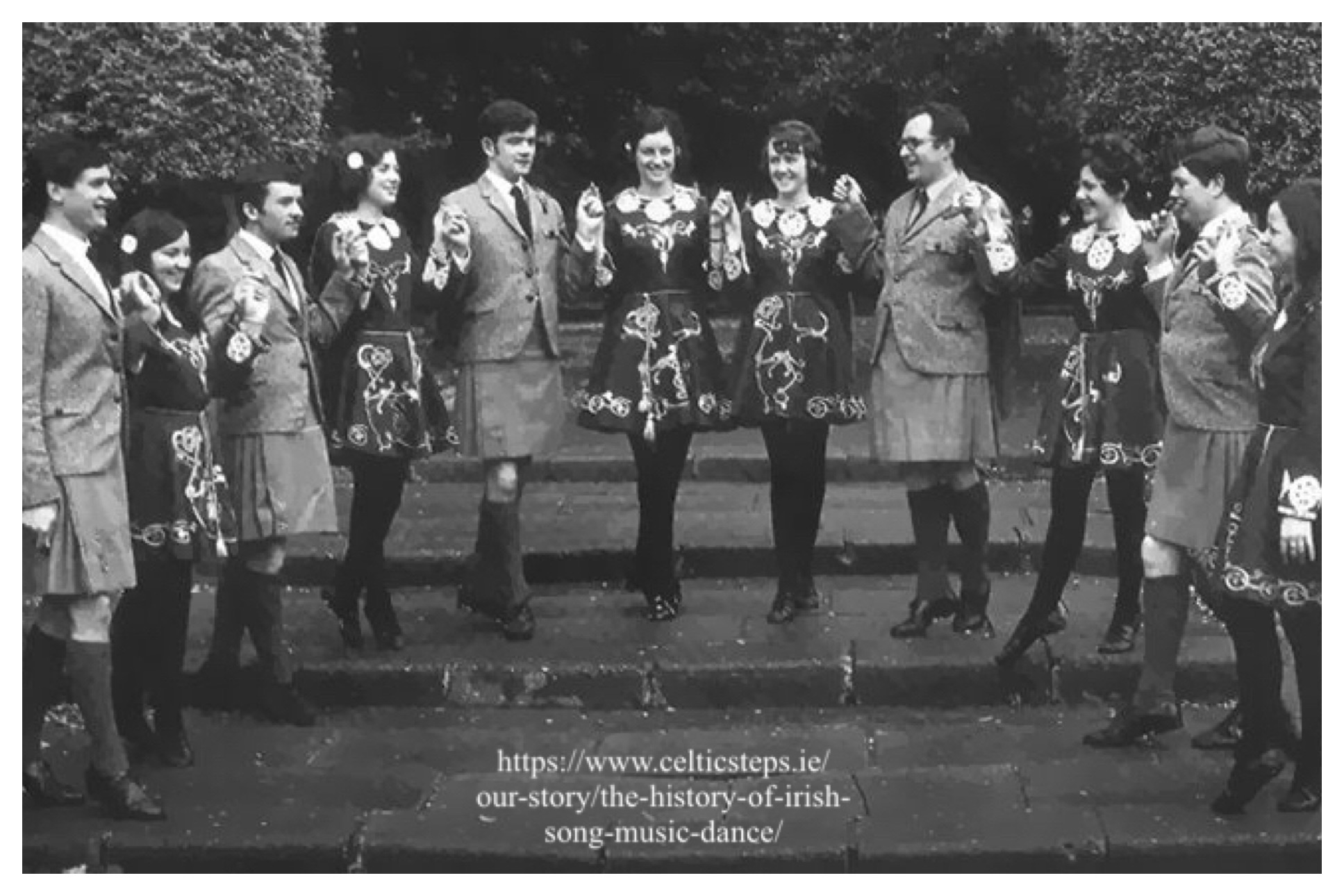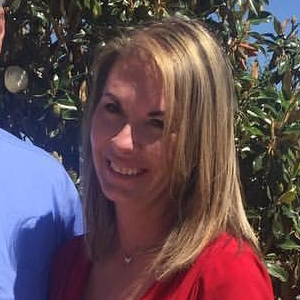One of my favorite things to do while we lived in the Midwest was to go to Irish festivals and Irish pubs. The music, the dancing, the singing, and the comradery. It was so much fun, and I always wondered what my ancestors did when they were in Ireland. Did they sing these same songs and break out in dance? Where did the songs and dancing originate? After some research, I found some interesting facts and was surprised the Druids played a role.
In 500 BC the druids used dance as an important part of their religion.
In 500 BC the druids, educated Celts who were religious figures and leaders in early Irish culture, used dance as an important part of their religion. These druids danced at religious celebrations such as dancing around an oak tree. The druids believed the oak tree represented wisdom, strength and power. The druids also used dances at other special occasions such as weddings. The druids even created a feis (pronounced fesh) which was where Irish dance and music were showcased.
Irish dance changed when the Normans came in the 12th century.
Changes came to Irish dances when the Normans came to Ireland in the 12th century. Their favorite dance was the Carol. This involved a singer surrounded by a circle of dancers. With this new form of dancing from the Normans combined with the druids dancing, new dances not seen anywhere in the world were being formed. By the 16th century more formal dances were starting to emerge. One such dance, the Irish Hey, people joined hands in a chain and moved in circles, passing under the arms of others at different points in the chain. A precursor into the reels that are known today. Next, the Rinnce Fada (phonetically pronounced as rink-ah fad-ah): a row of men faced a row of women who joined together one by one as couples starting at one end of the two lines. The couple danced together up and down the length of the rows of people, and then the next couple and so on. These all led to what we all know today as Irish dance.

In the late 19th century some Irish scholars started to worry about losing Irish culture. With losing so many to death or immigration during the famine and then people after the famine learning English and adopting English ways Irish culture was dying out. So the Gaelic League was created to bring back Irish dance, rules on how to judge the dancing and then have dancing competitions. This was the beginning of the Irish dancing we know today.
Little girls with curly wigs, fancy costumes and special shoes doing traditional Irish dances. Maybe you have heard of Riverdance. Riverdance brought traditional Irish dancing to the world. A traditional part of Irish culture was now worldwide. It is hard to imagine that so long ago the traditional Irish dances of today started with the druids. Does your family keep any Irish dance or music traditions alive today?
We can help
If you need any help finding your ancestors, just let us know.


